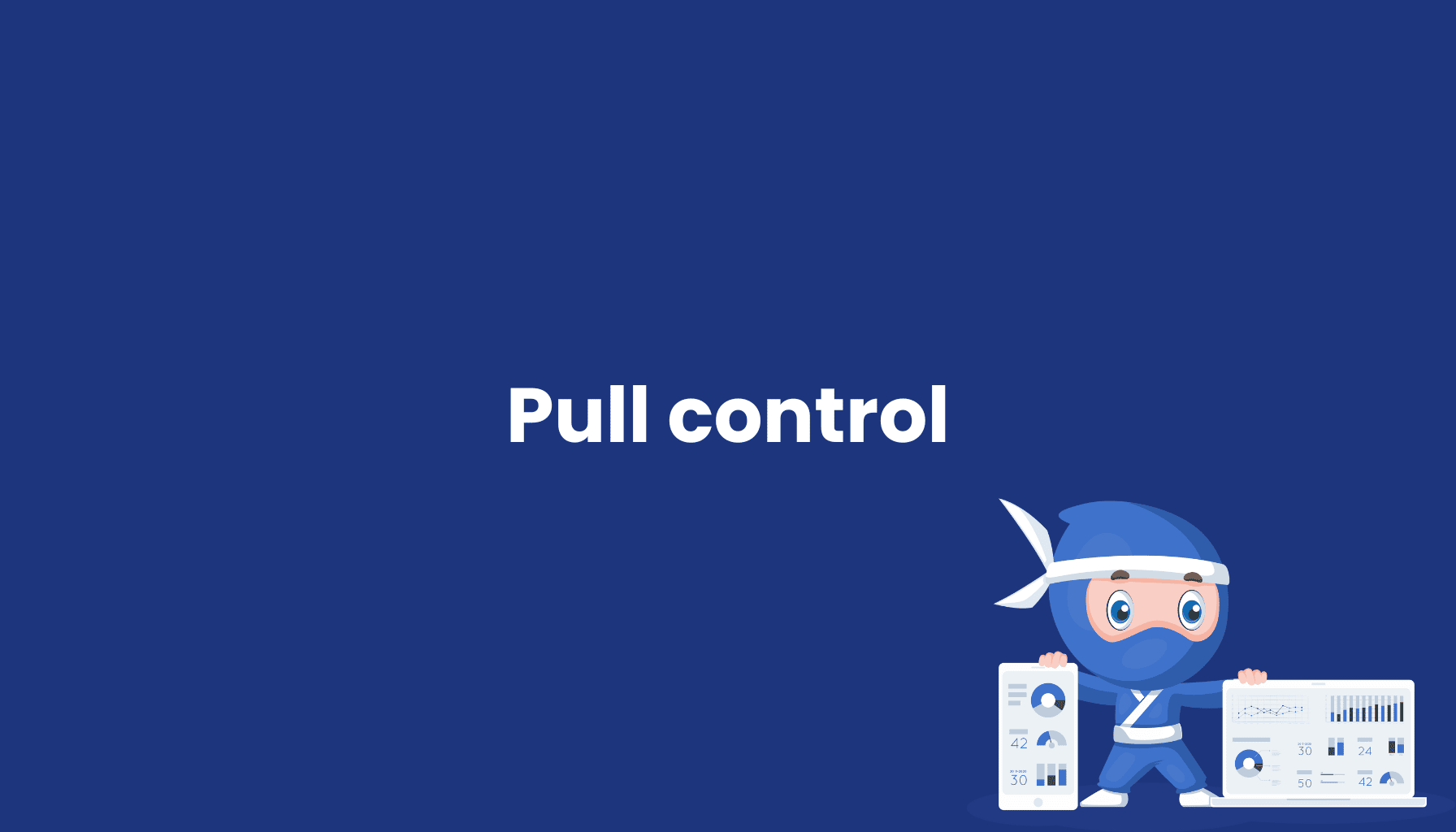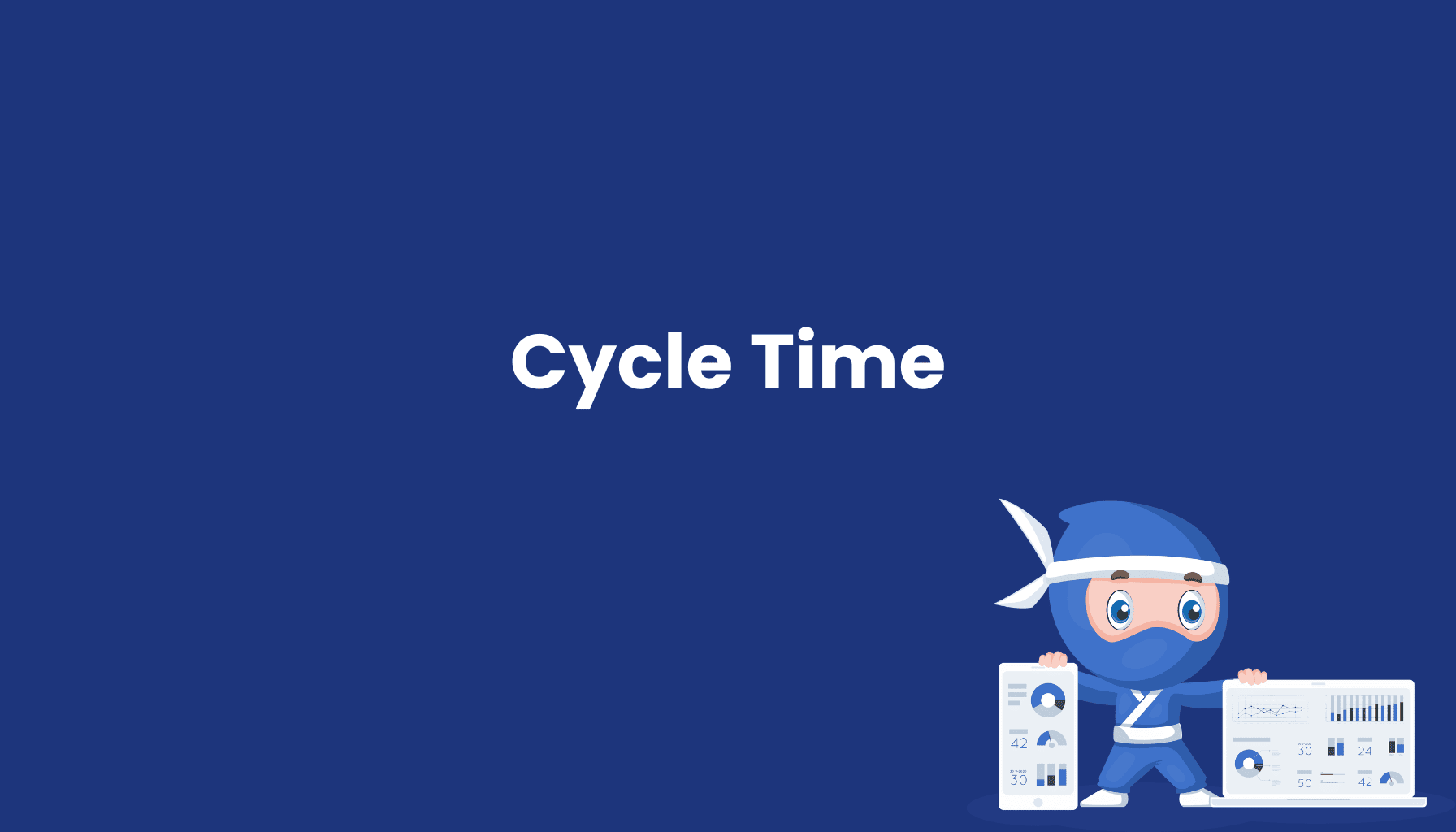Pull control

What is Pull Control?
Pull control is a core Lean management principle that aligns production with actual demand, differing significantly from traditional forecast-based systems. In a pull system, materials and products are only produced or supplied when genuinely needed, minimizing overproduction and high inventory levels. The goal is to create a demand-driven production flow that maximizes efficiency and minimizes waste.
Benefits of Pull Control
- Reduced Inventory Levels: Since production is demand-driven, inventory and capital tied up in stock are minimized.
- Optimized Resource Utilization: Resources are used more efficiently, as overproduction is avoided.
- Responsive to Customer Demand: Companies can flexibly adjust to demand changes, allowing quicker responses to customer needs.
- Cost Reduction: Reducing inventory and overproduction lowers production and storage costs.
- Increased Efficiency: The entire production chain becomes leaner and more efficient, resulting in higher productivity.
Applications of Pull Control
- Just-in-Time (JIT) Production: Materials are supplied exactly when needed in production, reducing storage costs and minimizing wait times.
- Kanban System: A visual system that regulates the production process and replenishment through cards or signals, preventing overproduction.
- Custom Production: Production based on real customer orders, especially beneficial for personalized products.
Conclusion
Pull control is essential for boosting efficiency and cost-effectiveness in production. By producing based on actual demand and avoiding overproduction, pull control helps companies utilize resources optimally and respond swiftly to changing customer requirements. This not only enhances flexibility but also improves profitability and customer satisfaction in the long term.




